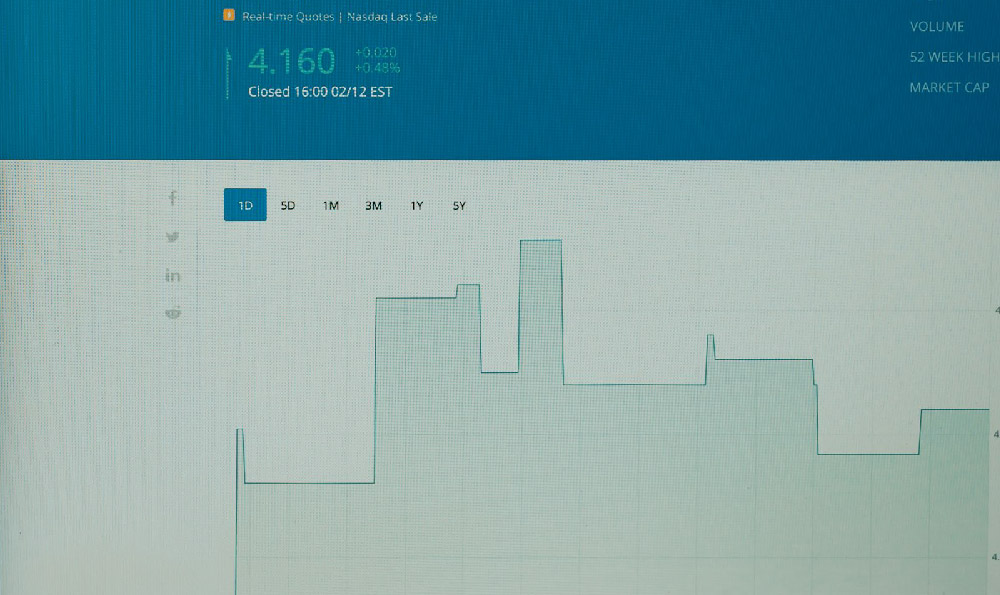IRA Investing: What is it, and How Do You Do it?
Okay, here's an article about IRA investing, tailored to provide comprehensive information, avoid a heavily structured point-by-point format, and offer insights as a seasoned financial advisor would.
Understanding the Landscape of Retirement Savings: A Deep Dive into IRA Investing
Retirement planning is a marathon, not a sprint. It requires foresight, discipline, and a robust understanding of the investment vehicles available to you. Among the most powerful tools in the retirement savings arsenal is the Individual Retirement Account, or IRA. But what exactly is an IRA, and how can you leverage it to secure your financial future? Let's unpack this important concept.

At its core, an IRA is a tax-advantaged retirement savings account. The "individual" part signifies that it's opened by, and belongs to, you as an individual, not through an employer-sponsored plan like a 401(k). The "retirement account" aspect means it's specifically designed to hold investments intended to fund your life after your working years. The "tax-advantaged" component is where the real magic happens. Depending on the type of IRA you choose, you'll either receive tax benefits upfront, when you contribute, or later, when you withdraw during retirement, or both.
There are two primary types of IRAs: Traditional and Roth. Let's delve into the nuances of each.
A Traditional IRA offers the potential for tax-deductible contributions. This means that if you meet certain income requirements (and aren't covered by a retirement plan at work, or your income falls within certain limits if you are covered), you can deduct your contributions from your taxable income in the year you make them. This lowers your current tax bill. Your investments within the Traditional IRA grow tax-deferred, meaning you won't pay taxes on the earnings (dividends, interest, capital gains) until you withdraw the money in retirement. At that point, withdrawals are taxed as ordinary income. This strategy is particularly beneficial if you anticipate being in a lower tax bracket in retirement than you are now. The advantage here is immediate tax relief.
The Roth IRA, on the other hand, operates differently. Contributions to a Roth IRA are made with after-tax dollars, meaning you don't get a tax deduction in the year you contribute. However, the real allure of the Roth IRA lies in its tax-free withdrawals in retirement. If you follow the rules (generally meaning you're at least 59 1/2 years old and the account has been open for at least five years), all of your qualified withdrawals – including the original contributions and all the investment earnings – are completely tax-free. This is especially attractive if you believe you'll be in a higher tax bracket in retirement or want the certainty of knowing that your retirement income won't be subject to federal income tax. The advantage here is long-term tax savings.
Choosing between a Traditional and Roth IRA is a personal decision that depends on your individual circumstances, income, tax bracket now and in the future, and risk tolerance. There are also income limits to consider for Roth IRA contributions. If your income exceeds those limits, you may not be eligible to contribute directly to a Roth IRA; however, a "backdoor Roth IRA" conversion might be an option (though be aware of the potential tax implications and "pro-rata" rules if you have existing pre-tax IRA balances).
Opening and Funding Your IRA
Opening an IRA is a relatively straightforward process. You can open an account at a brokerage firm, bank, or other financial institution. When choosing where to open your IRA, consider factors such as fees, investment options, and customer service. Once you've selected an institution, you'll need to complete an application and provide some basic personal information.
The next step is to fund your IRA. The annual contribution limit is set by the IRS each year, and it's essential to stay within those limits to avoid penalties. You can contribute cash, check, or electronic transfer. Once the funds are in your IRA, you can begin investing.
Investment Options Within Your IRA
One of the key advantages of an IRA is the flexibility it provides in terms of investment options. You can typically invest in a wide range of assets, including:
-
Stocks: Offer the potential for high growth but also come with higher risk.
-
Bonds: Generally considered less risky than stocks, providing a more stable source of income.
-
Mutual Funds: A diversified portfolio of stocks, bonds, or other assets managed by a professional fund manager.
-
Exchange-Traded Funds (ETFs): Similar to mutual funds but trade like stocks, offering greater flexibility and potentially lower fees.
-
Real Estate (Indirectly): While you cannot directly hold real estate in a traditional IRA, you can invest in Real Estate Investment Trusts (REITs).
-
Certificates of Deposit (CDs): Offer a fixed interest rate for a specified period of time.
The best investment strategy for your IRA will depend on your age, risk tolerance, and investment goals. Younger investors with a longer time horizon may be able to tolerate more risk and allocate a larger portion of their portfolio to stocks. Older investors nearing retirement may prefer a more conservative approach with a greater emphasis on bonds.
Managing Your IRA and Avoiding Penalties
Once you've opened and funded your IRA, it's important to monitor your investments regularly and make adjustments as needed. Review your asset allocation periodically to ensure it aligns with your risk tolerance and investment goals. Rebalancing your portfolio can help maintain your desired asset allocation.
It's also crucial to be aware of the rules and regulations governing IRAs, particularly those related to withdrawals. Early withdrawals (before age 59 1/2) are generally subject to a 10% penalty, as well as income tax. There are some exceptions to the early withdrawal penalty, such as for certain medical expenses, education expenses, or first-time home purchases.
Beyond the Basics: Advanced IRA Strategies
For those seeking to maximize their retirement savings, there are several advanced IRA strategies to consider. These include:
-
Roth Conversions: Converting a Traditional IRA to a Roth IRA can be a tax-efficient strategy if you anticipate being in a higher tax bracket in retirement.
-
Spousal IRAs: If your spouse doesn't work or has limited income, you may be able to contribute to a spousal IRA on their behalf.
-
Rollovers: Rolling over funds from an employer-sponsored retirement plan (such as a 401(k)) into an IRA can provide greater control over your investments.
-
Self-Directed IRAs: These allow you to invest in alternative assets, such as real estate or private equity, but they also come with greater complexity and risk.
Conclusion: Your Path to Retirement Security
IRAs are a valuable tool for building a secure retirement. By understanding the different types of IRAs, choosing the right investment strategy, and managing your account effectively, you can take control of your financial future. Remember to consult with a qualified financial advisor to determine the best IRA strategy for your individual circumstances. Retirement planning is a journey, and the IRA is a powerful vehicle to help you reach your destination. It empowers you to shape the retirement you envision, providing flexibility and tax advantages along the way.















